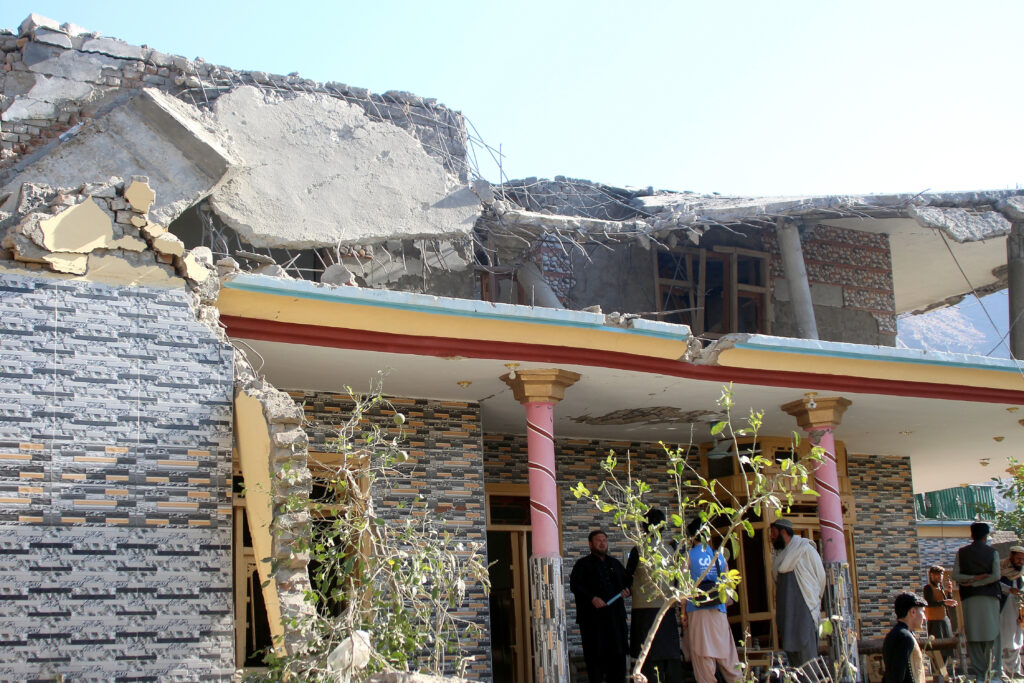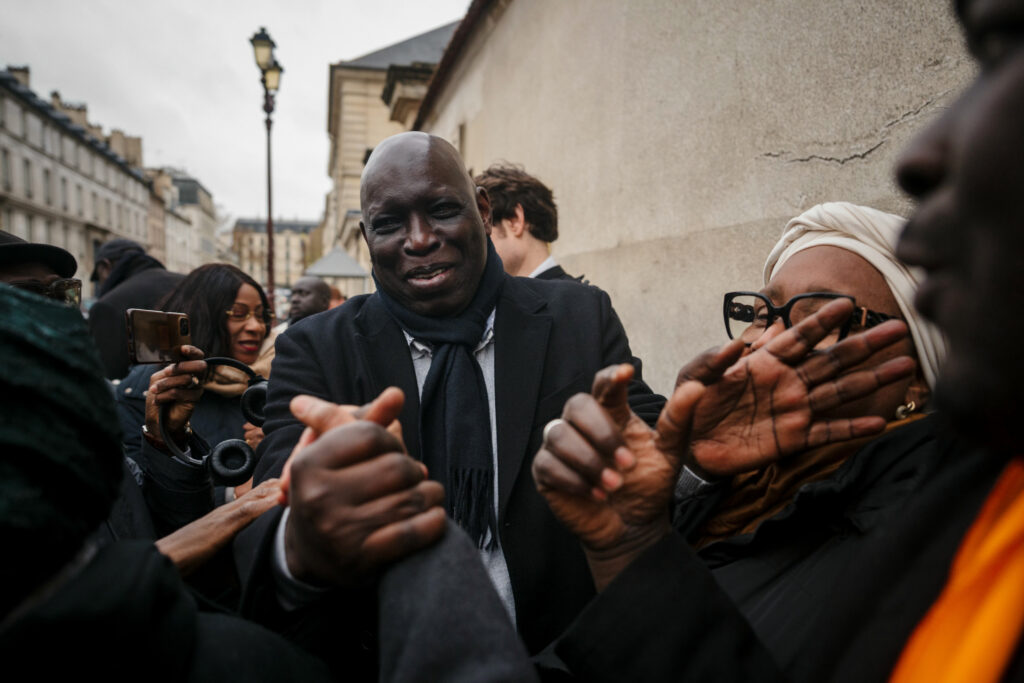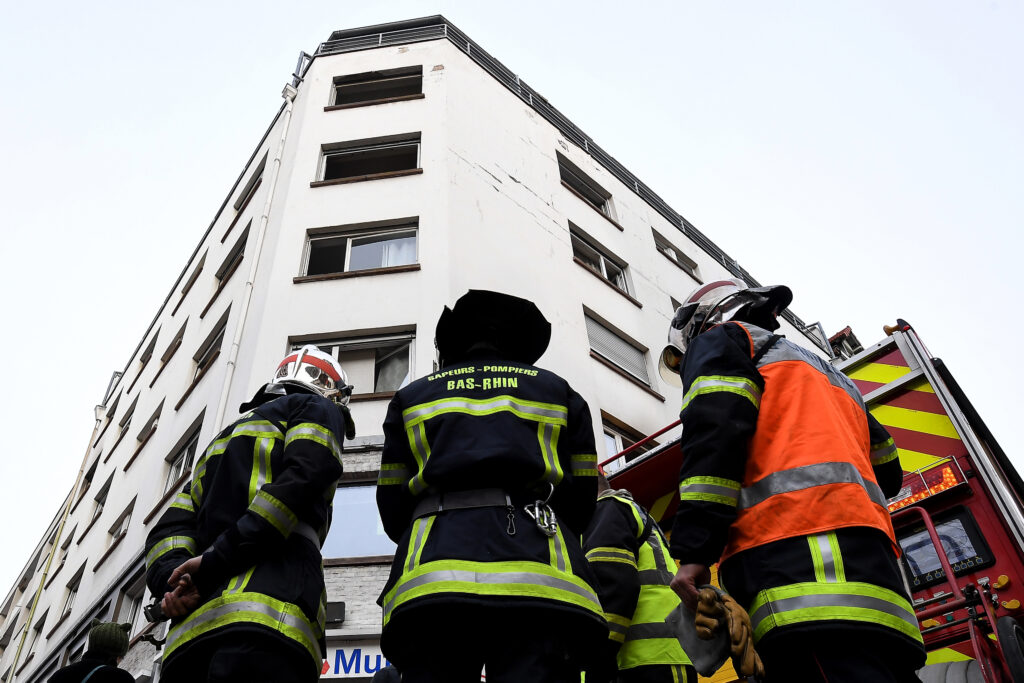Stocks diverge tracking Fed rates outlook, tech rebound
European and Asian stock markets mostly rose Tuesday following a tech-led rally on Wall Street that soothed fears of an AI bubble.Expectations that the US Federal Reserve will cut interest rates next month added further support to equities but weighed on the dollar.Oil prices were downbeat amid reports US Army Secretary Dan Driscoll is meeting with a Russian delegation in Abu Dhabi on Tuesday, days after talks with Ukraine in Geneva aimed at ending the conflict, which would relieve pressure on Russia’s energy exports.London led the way among Europe’s top stock markets, gaining 0.3 percent nearing midday and on the eve of the UK government’s annual budget.Tokyo edged higher as trading resumed after a long holiday weekend in Japan, while Chinese indices won solid gains.Investors were waiting to see whether “the recent recovery in US stocks is a short-term reprieve or the beginning of another leg higher in the bull market”, noted Joshua Mahony, chief market analyst at traders Scope Markets.Optimism appeared to be returning to trading floors on increased chances of a December rate cut from the Fed, which would be the third in a row. Fed governor Christopher Waller told Fox Business on Monday that inflation was not his main worry and that his “concern is mainly the labour market, in terms of our dual mandate” to support jobs and keep a cap on prices.”So I’m advocating for a rate cut at the next meeting,” he added.His comments add to similar sentiment expressed by San Francisco Fed president Mary Daly and New York Fed boss John Williams.Traders now see about a 90 percent chance of a reduction, having been around 35 percent only last week.The prospect of lower borrowing rates pushed Wall Street sharply higher Monday, with the S&P 500 closing up 1.6 percent.The Nasdaq charged 2.7 percent higher thanks to a surge in heavyweights Alphabet, Amazon and Meta.Tech firms have enjoyed a sudden revival after suffering sharp sell-offs in recent weeks on concerns that the AI-led splurge this year may have pushed valuations too far.While there is debate about whether the advance has more legs, observers say the outlook is more nuanced.”AI remains one of the most powerful forces reshaping markets, but the tone is changing,” wrote Saxo Markets’ Charu Chanana.”Strong earnings from leading chipmakers (led by Nvidia)… reassure investors that demand is real, yet the sharp swings in market reaction show that enthusiasm now sits alongside questions around sustainability, profitability, and execution.Sentiment won an additional lift from US President Donald Trump, who praised “extremely strong” US-China relations following a call with counterpart Xi Jinping.Trump plans to visit China in April, followed by a return trip from Xi later next year.- Key figures at around 1130 GMT -London – FTSE 100: UP 0.3 percent at 9,560.02 pointsParis – CAC 40: UP 0.2 percent at 7,972.78Frankfurt – DAX: UP 0.1 percent at 23,255.03Tokyo – Nikkei 225: UP 0.1 percent at 48,659.52 (close)Hong Kong – Hang Seng Index: UP 0.7 percent at 25,894.55 (close)Shanghai – Composite: UP 0.9 percent at 3,870.02 (close)New York – Dow: UP 0.4 percent at 46,448.27 (close)Euro/dollar: UP at $1.1533 from $1.1523 on MondayPound/dollar: UP at $1.3118 from $1.3110Dollar/yen: DOWN at 156.45 yen from 156.81 yenEuro/pound: UP at 87.93 pence from 87.91 penceBrent North Sea Crude: DOWN 0.5 percent at $62.43 per barrelWest Texas Intermediate: DOWN 0.5 percent at $58.57 per barrel





